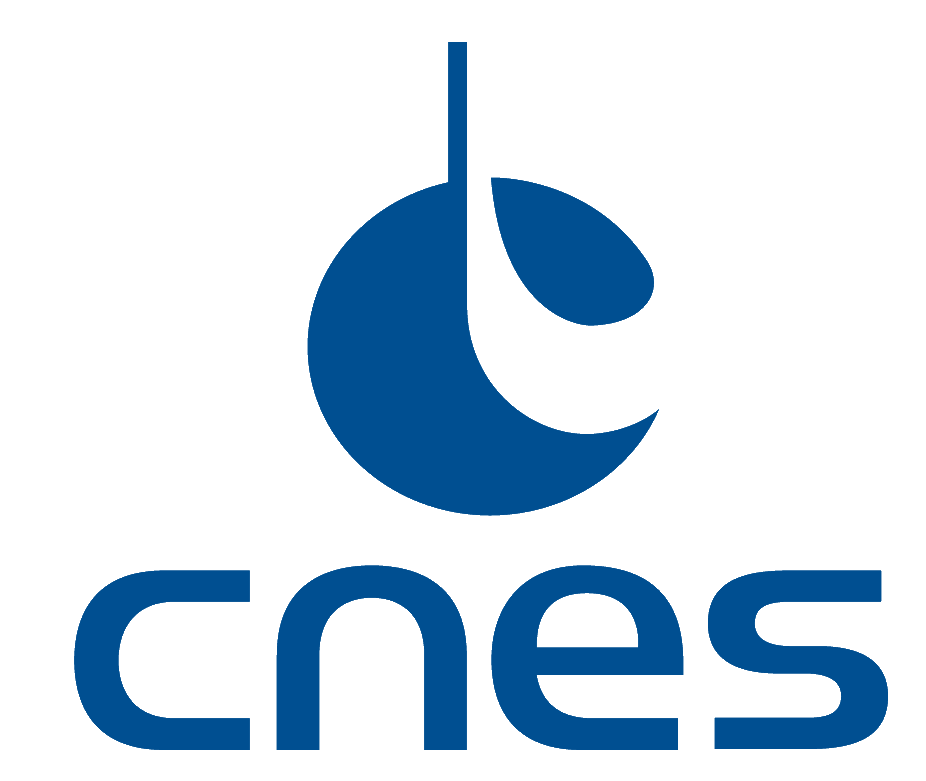What goes round comes around! Inward propagating plasma parcels spotted at Jupiter
Jupiter and Saturn carve out gigantic magnetic cavities in the solar wind called magnetospheres. These cavities are filled with plasma originating from the intense volcanic activity of Jupiter’s moon Io and the cyrovolcanism of Saturn’s moon Enceladus, both located in the innermost regions of the magnetospheres. The plasma is trapped by the planets’ magnetic fiels and carried along by the planetary rotation, then
centrifugated into a disk at the equator. The strong centrifugal force at work, due to the rapid rotation of Jupiter and Saturn, causes a constant outward flow of plasma from the system. This plasma is transported inside magnetic flux tubes, a magnetic trap bounded by field lines that move in concert. Theoretical descriptions of outward plasma transport invoke an inlet of magnetic flux tubes empty of plasma to balance the outward flow.

Global plasma cycle around Jupiter, with a constant outflow of plasma from the system (in brown) and return of plasma-empty magnetic flux tubes (in white).
Thanks to the Cassini probe, observations of empty flux tubes transported towards the planet are numerous at Saturn, and have largely allowed for the characterization of their properties and history. This is not the case, however, at Jupiter, where detections of such phenomena are much rarer and characterizations are virtually nonexistent. Juno’s arrival at Jupiter and the high-resolution plasma measurements carried out by the probe shed new light on its flux tube interchange process.
Analysis of Juno plasma data, supported by magnetic field data and electromagnetic wave observations, recently led to the detection of several flux tubes emptied of their plasma in a study published in the journal Geophysical Research Letters. While these events remain rare, it is now possible to characterize their composition and the nature of the particles trapped inside, which provides valuable information on the history of these flux tubes and more generally on the global plasma cycle around Jupiter.
Further Resources
- Scientific Publication : Ion Composition and Electron Pitch Angle Variations for Interchange Events in Jupiter’s Magnetosphere, M. Devinat, N. André, G. Vinci, M. Blanc, J. R. Szalay, Z.-Y. Liu, Q. Nénon, E. Penou, P. Louarn, F. Allegrini, R. W. Ebert, P. W. Valek, F. Bagenal, R. J. Wilson, J.-Z. Wang, W. S. Kurth, B. H. Mauk, Y. Wang, G. A. DiBraccio, J. E. P. Connerney, S. J. Bolton, Geophysical Research Letters, 08/2025, https://doi.org/10.1029/2025GL116114
IRAP Contacts
- Marie DEVINAT (PhD student at IRAP), marie.devinat@irap.omp.eu
- Nicolas ANDRE (Staff scientist at IRAP and Professor at ISAE-SUPAERO), nicolas.andre@irap.omp.eu and nicolas.andre@isae-supaero.fr
- Michel BLANC (emeritus at IRAP), michel.blanc@irap.omp.eu
- Zhi-Yang LIU (research fellow at IRAP), zhi-yang.liu@irap.omp.eu
- Emmanuel PENOU (research engineer at IRAP), emmanuel.penou@irap.omp.eu
- Philippe LOUARN (Staff scientist at IRAP), philippe.louarn@irap.omp.eu






